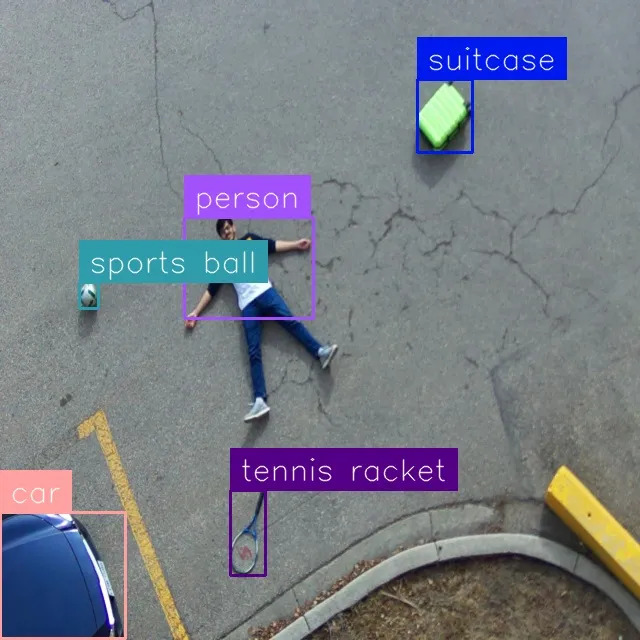Testing the Detection Model
By Avionics Team | March 8, 2025

AI model detecting objects in a sample photo
We focused on testing our detection model through a two-stage process to ensure accuracy and reliability. The first stage involved running the model on online test images to prepare for real-world data collection. This gave us an opportunity to conduct preliminary tests and assess the model’s initial performance. These tests allowed us to identify any immediate issues and gain insights into how the model performed under controlled conditions.
Once the first stage was complete we moved to the second stage, capturing real test images at the Arts Parkade. This was a critical step, as it provided a more realistic and representative dataset, closer to the environment in which the model would eventually operate. Using this data, we were able to refine the model by making adjustments to improve its performance, such as enhancing its ability to detect objects in varied lighting, angles, and backgrounds. This process of refinement through real-world testing was key to improving the model's accuracy.
Through these two stages, we were able to fine-tune the detection model and make significant improvements. This process helped us ensure that the model would perform reliably in diverse environments, preparing it for successful deployment in real-world scenarios.
Key Achievements:
- Ran initial tests using online images to validate the detection model.
- Captured real test images at the Arts Parkade for further refinement.
- Improved model accuracy through iterative testing and adjustments.